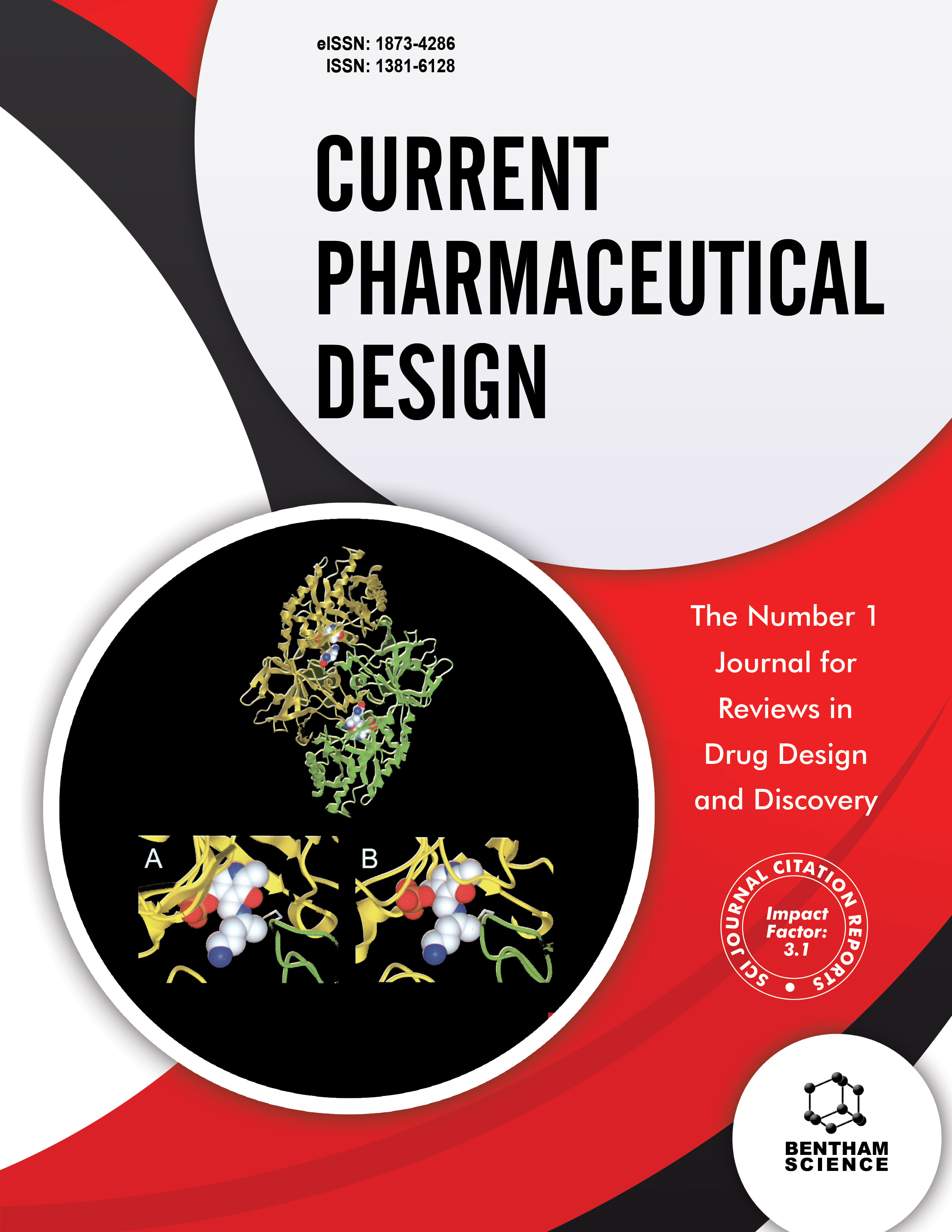-
oa Editorial [Hot Topic: Bioengineering and Clinical Perspectives in Diagnostic and Therapeutic Applications of Microbubbles (Executive Guest Editor: Theodore G. Papaioannou)]
- Source: Current Pharmaceutical Design, Volume 18, Issue 15, May 2012, p. 2113 - 2114
-
- 01 May 2012
- Previous Article
- Table of Contents
- Next Article
Abstract
Microbubbles have driven the field of diagnostic ultrasound to the cusp of major change. In the last decade, drug companies, ultrasound scanner manufacturers, and academic centers have invested manpower and funding in developing efficacious ultrasound contrast agents and new contrast-specific imaging modalities. In addition, new generation of targeted microbubbles have not only enhanced diagnostic accuracy but also therapeutic effectiveness by providing a new “vehicle” of gene and drug delivery. This special issue of Current Pharmaceutical Design aims to present the engineering and clinical aspects of microbubbles, highlighting the advances and perspectives in their diagnostic and therapeutic applications. Microbubbles have been the subject of numerous experiments and theoretical analysis over the past 100 years. From the theories on acoustic waves and the discovery of ultrasound, to the genesis of microbubbles around 1968, the magnificent story of these “magical” bubbles is briefly traced through the years by the article of Karamanou et al. [1]. The key physical principles which determine how microbubbles and ultrasound interact are thoroughly discussed by Azmin et al. [2]. Furthermore, the implications for microbubbles' design, preparation and exploitation are presented [2]. Further to the understanding of the physical processes underlying the microbubbles' stability and acoustic behavior, efforts are also now put into the study of chemical and biological features of multifunctional lipid, protein, or polymer shelled microbubbles. A number of methods of preparation of “smart” microbubbles for ultrasound image-guided therapy have been recently developed. Cavalieri et al., in their review article [3], provide an in-depth discussion of different approaches utilized in preparing multifunctional microbubbles. In vitro and in vivo assessment of microbubbles' stability and activity is discussed, with a particular emphasis on the emerging applications of microbubbles for the multiple imaging modalities, the effective opening of blood brain barrier, and for the therapeutic treatment of antimicrobial films [3]. Advances in microbubbles engineering led to a new generation of contrast agents; the “Phasechange contrast agents” (PCCAs). PCCAs for ultrasound-based applications can provide novel ways of approaching diagnostic and therapeutic techniques, beyond what is possible with traditional microbubbles and liquid emulsions. The history of PCCAs, their basic physical properties as well as factors that influence their design are discussed by Sheeran and Dayton [4]. Microbubbles are now used in several diagnostic and therapeutic interventions. In this issue, the application of microbubbles in cardiovascular, cancer, cerebrovascular and liver diseases is discussed by experts in each field....


